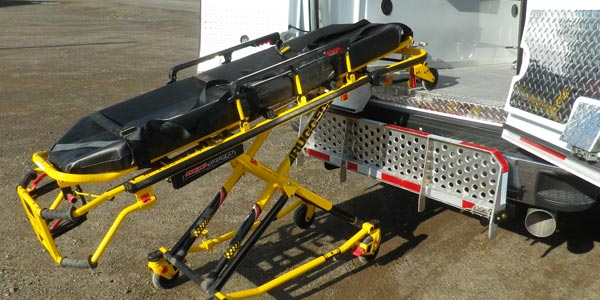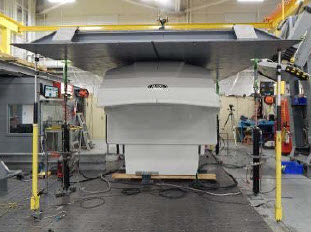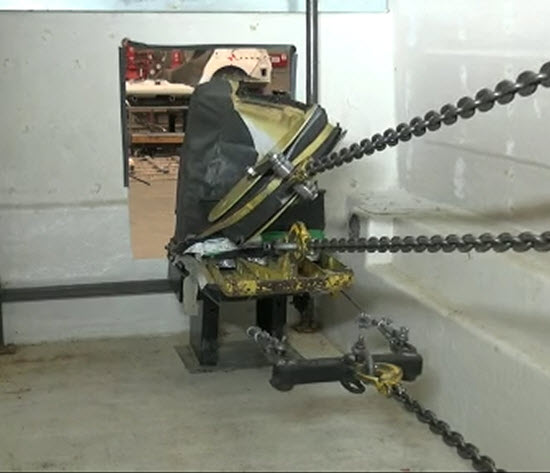The Master 75 MTC use for transport and mobile treatment center (emergency vehicles)
A Mobile Treatment Center (MTC) is a is a unit that is designed to be mounted on a standard Truck or four-wheel drive vehicle. That will allows qualified Medical Personnel to perform onsite medical treatment or remote search and rescue missions in remote areas. This terrain may be difficult for standard ambulance to access.
The Mory MTC is designed and built with enough storage space to house and organize first aid supplies and emergency response equipment including an automated external defibrillator, trauma management equipment, and a backboard or litter for patient transport. As a result, your personnel can be treated immediately onsite and avoid significant lost time.
Mory has just undertaken an extensive investment to certify our MTC units to be compliant on all HI ways a roads beyond the work site. This is important in the time factor for meeting up with air transport or lessen the time to get to a local Hospital if required.
Many Option available
Climate controlled interior work space[/detailed_panel

The pressurization of the master will prevent any dust entering by reducing the abitacle in positive pressure.

Air heaters work as forced air furnaces utilizing the truck’s own diesel fuel to produce heat.

Compartments provide ultimate capacity and flexibility.

Convert 12 volts DC in 120 volts AC

Stretcher

Safety mobile treatment center (emergency vehicles)

Rollover Protection
The purpose of this standard is to reduce the number of deaths and the severity of injuries that result from failure of the school bus body structure to withstand forces encountered in rollover crashes.

Door Locks and Door Retention Components
This standard specifies requirements for vehicle door locks and door retention components, including latches, hinges, and other supporting means, to minimize the likelihood of occupants being ejected from a vehicle as a result of impact.

Anchorage of seats
This standard establishes requirements for seats, their attachment assemblies, and their installation to minimize the possibility of their failure by forces acting on them as a result of vehicle impact.

This is custom heading element
The purpose of this standard is to reduce the number of deaths of vehicle occupants, and the severity of injuries, by specifying vehicle crashworthiness requirements in terms of forces and accelerations measured on anthropomorphic dummies in test crashes, and by specifying equipment requirements for active and passive restraint systems.
Canada Motor Vehicle Safety Standards (CMVSS)
- CMVSS 302 – Flammability of interior materials
- CMVSS 205 – Glazing Materials
- CMVSS 206 – Door Locks and Door Retention Components
- CMVSS 207 – Anchorage of Seats
- CMVSS 208 – Occupant Restraint Systems-Frontal Impact
- CMVSS 209 – Seat Belts Assemblies
- CMVSS 210 – Seat Belt Anchorages
- CMVSS 220 – Rollover Protection[/list_item][/list]









